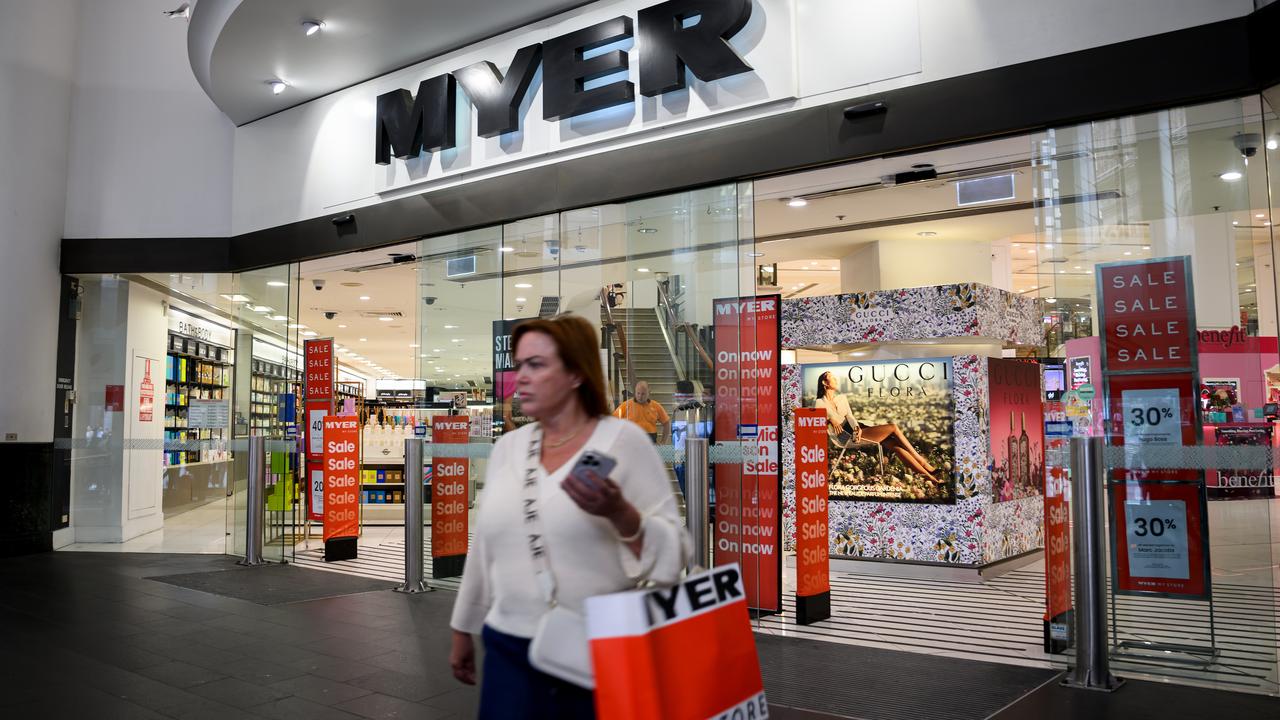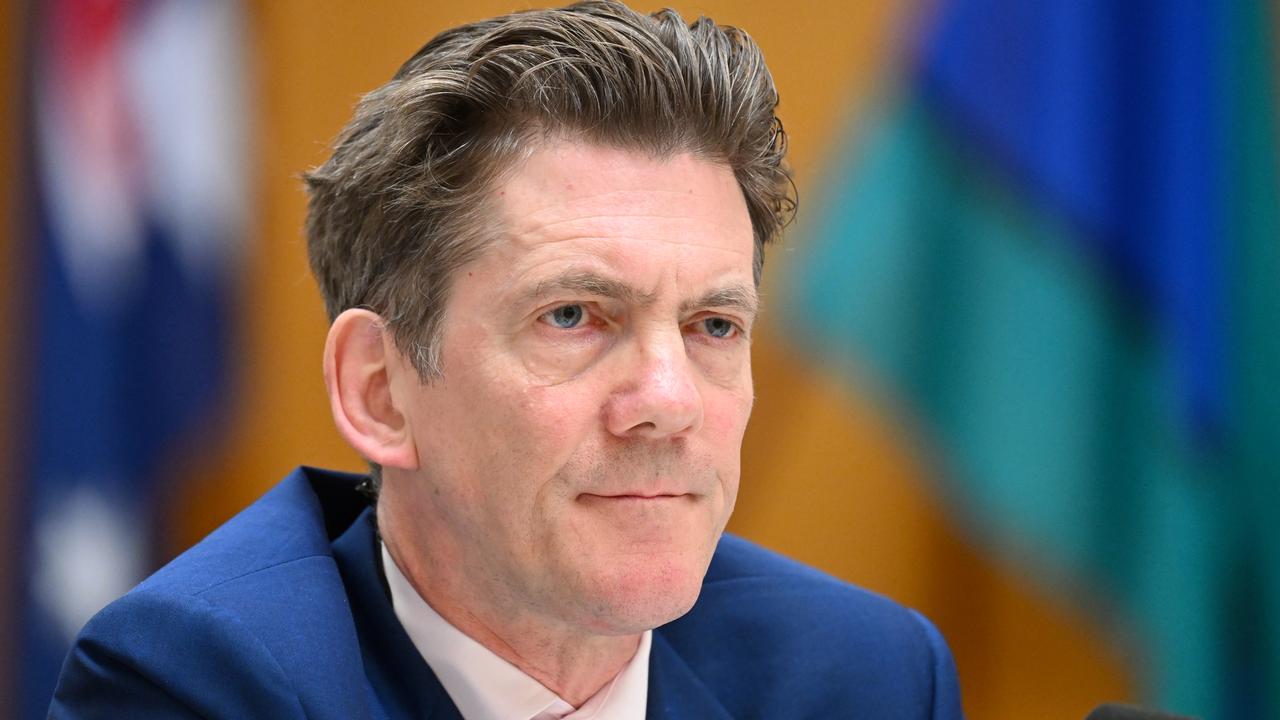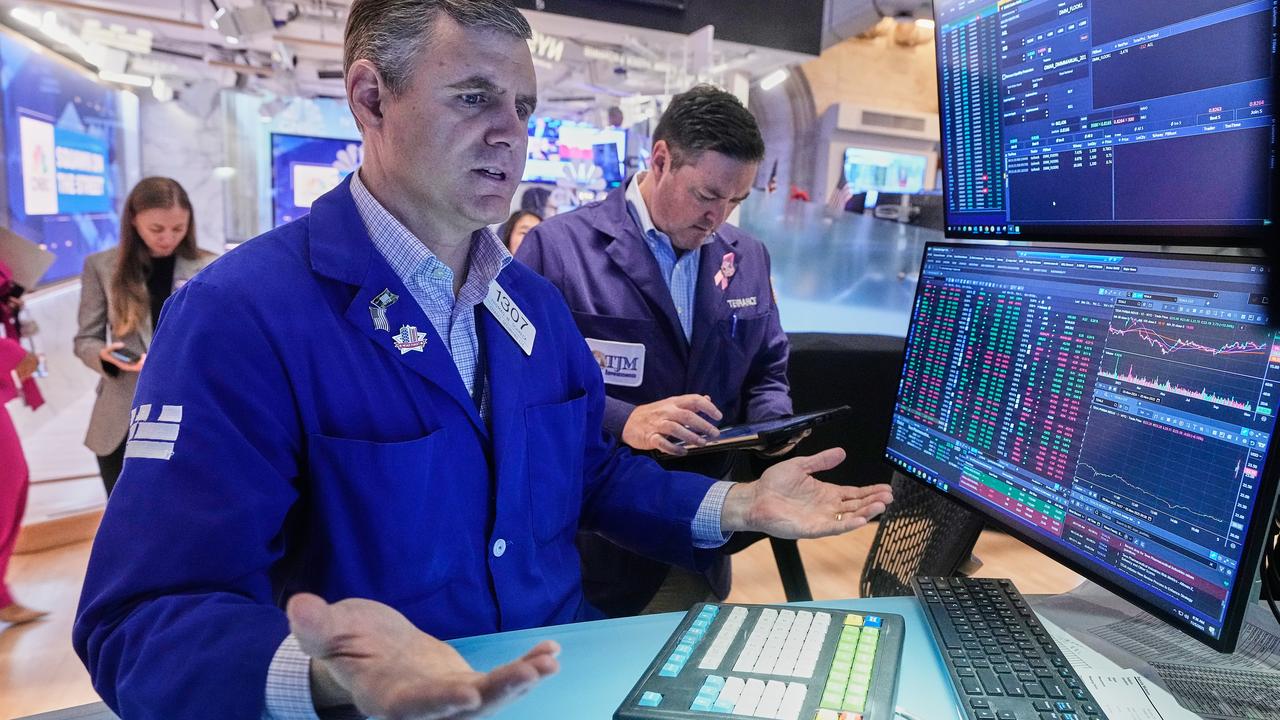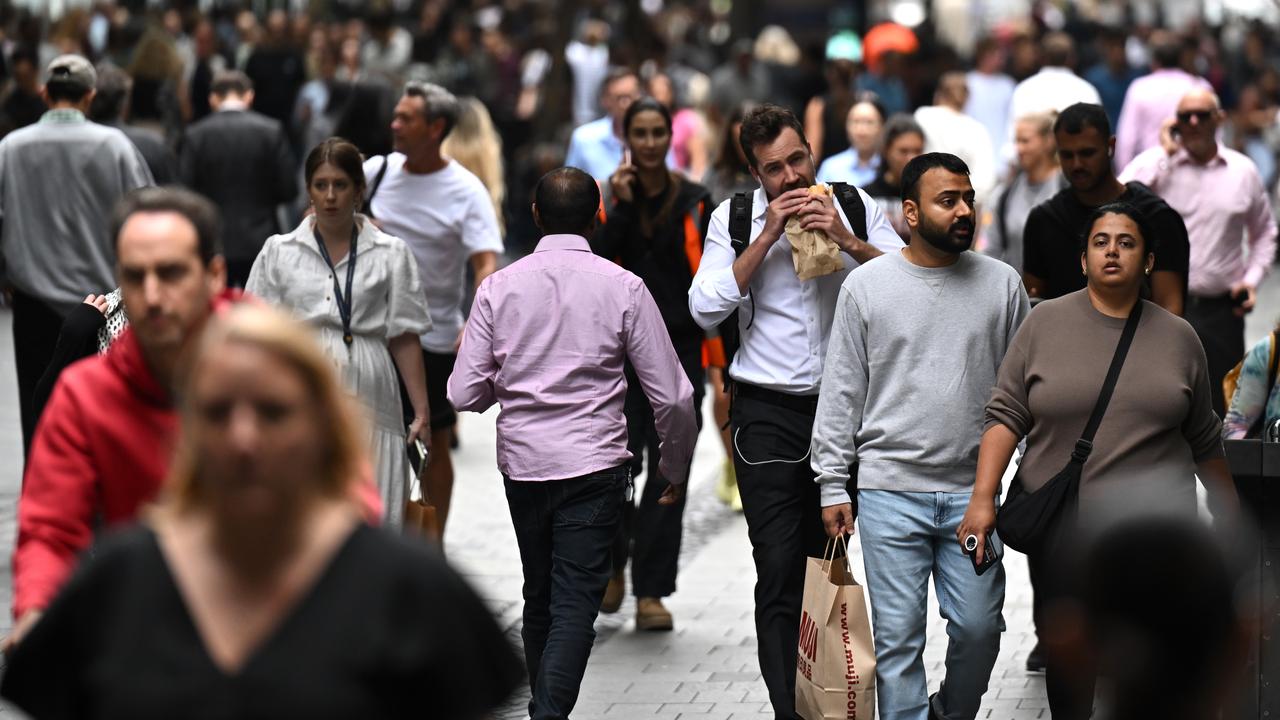Job figures are set to take centre stage as economists continue to mull whether borrowers have seen their last Reserve Bank rate cut this cycle.
In the first major piece of economic data since the RBA left interest rates on hold last week, the unemployment rate is expected to tick back down to 4.4 per cent when October numbers are released by the Australian Bureau of Statistics on Thursday.
The central bank painted a bleak picture of Australia’s economic outlook on Tuesday, with updated forecasts revealing underlying inflation was expected to stay above its target band until at least mid-2026.
With the inflation dragon proving more untamed than had been hoped, governor Michele Bullock conceded it was possible there were no more rate cuts coming down the pike.

One scenario that could force the RBA’s hand into lowering rates further is if the jobs market suddenly deteriorates.
The bank’s staff forecast the unemployment rate to fall from its current rate of 4.5 per cent to 4.4 per cent and stay there for the next two years.
The jobless rate has been steadily rising since the start of the year but surged 0.2 percentage points in September.
While the rate is expected to retrace some of that increase, it’s more down to the volatile nature of the figures, rather than an indication the labour market is becoming tighter, AMP economist My Bui said.
“Employment gains will likely remain weak at just 18,000 with a participation rate still around historical high of 66.9 per cent,” Ms Bui said.
On Monday, RBA deputy governor Andrew Hauser will deliver a speech at the UBS Australasia Conference in Sydney.
As the bank’s second-highest ranking official, his comments will be closely watched. But with no major data developments since Ms Bullock’s post-meeting press conference, his remarks are expected to largely follow the governor’s lead.

Later on Monday, policy makers will get an updated insight into consumer and business confidence.
Westpac and the Melbourne Institute release their latest consumer sentiment index, while NAB will publish its latest business survey.
ANZ senior economist Adelaide Timbrell said she will be closely watching the survey for price indicators to get a read on the future path for inflation.
Household lending data will be released by the ABS on Wednesday.
Ms Bui expects home loan values to have edged up 0.2 per cent during the three months to September 30, as lower sales volumes and limited listings offset a strong rise in property prices.
Investors have meanwhile turned the page on a roller-coaster week on Wall Street, with economic worries, the longest-ever federal government shutdown and sky-high tech stock valuations dampening risk appetite.
However losses shrank significantly late on Friday following reports of progress on the congressional impasse which has resulted in the marathon shutdown.

The S&P 500 gained 8.52 points, or 0.13 per cent, to end the day at 6,729.02 points, while the Nasdaq Composite lost 47.87 points, or 0.21 per cent, to 23,006.12. The Dow Jones Industrial Average rose 76.28 points, or 0.16 per cent, to 46,988.58.
Australian share futures climbed 17 points, or 0.19 per cent, to 10,470.
The S&P/ASX200 fell 58.6 points on Friday, down 0.66 per cent, to 8,769.7, as the broader All Ordinaries lost 66.9 points, or 0.74 per cent, to 9,031.7.
Australian Associated Press is the beating heart of Australian news. AAP is Australia’s only independent national newswire and has been delivering accurate, reliable and fast news content to the media industry, government and corporate sector for 85 years. We keep Australia informed.





